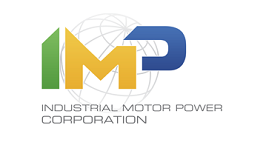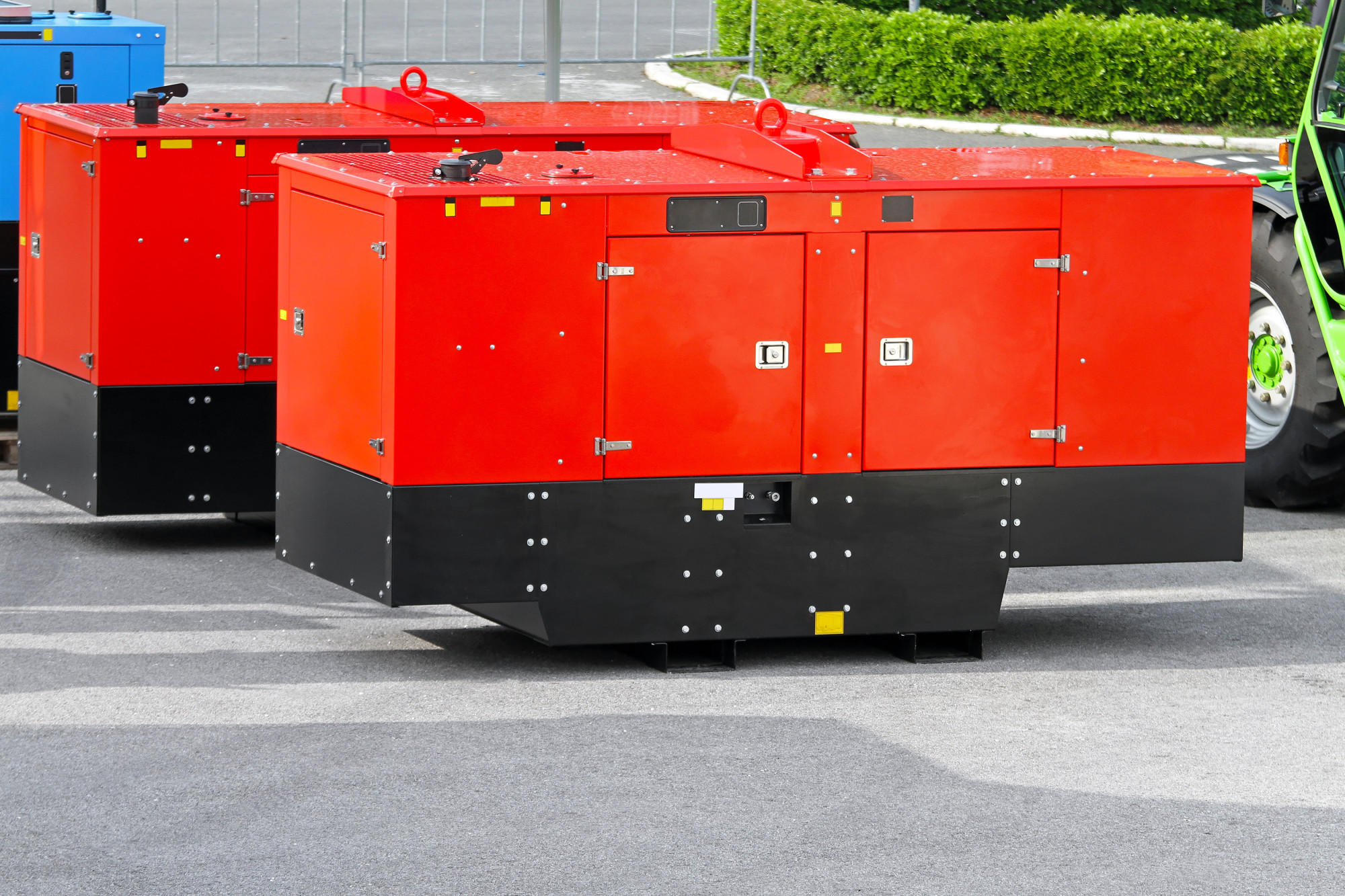If you’re a home or business owner, you don’t need us to tell you that buying a power generator is a significant investment.
For the average consumer, this isn’t a common purchase. This often leads to confusion surrounding the types of fuels to use, which brand to buy, and what size generator to go for.
The best way to make up your mind is to consult with a certified electrician that can assess your specific needs. However, if you would rather handle this yourself, you can still make an educated decision.
Follow this generator size guide to see which option is best for you. Let’s dive in!
Why Does Generator Size Matter?
There is a temptation to opt for a smaller size generator for your commercial or industrial property.
The price tag associated with a smaller generator might be significantly lower. However, a generator that is too small for your application could be a bad mistake.
The wrong generator could damage the appliances and devices that draw power from it. Harm might also come to the generator itself.
It’s always safer to choose a generator that’s more powerful than what you need. Benefits include an increased lifespan, consistent production and performance, and increased personnel safety.
Extra capacity reduces the chance of system damage. As a result, there is less chance of overheating and electrical fires.
If you choose a generator that is too small, you might face frequent and expensive maintenance. Avoid these risks by getting a generator that’s big enough for your needs.
Know Your Class of Generator
Homeowners may be looking for back-up or standby power. This is easily provided by a portable or stationary standby generator. However, for commercial properties, needs may rise above the capabilities of these types of units.
Industrial Generators
These are available in a variety of sizes, ranging from 20kW to 3MW. They cater to businesses with industrial applications requiring lots of capacity. These generators often use three-phase motors to achieve a higher flow of power.
Commercial building complexes, office buildings, manufacturing facilities, or educational institutions all require larger generators. This is true both for primary power supply and emergency back-up power.
Sizing a generator draws into consideration whether it yields single- or three-phase power. It also requires calculating voltage selection and total power output.
Keep in mind; large-scale commercial operations usually demand an engineering plan. An engineer supervises the installation and determines the size of the generator. This ensures compliance with the National Electrical Code (NEC) requirements.
The NEC provides guidelines for sizing, installation, and critical safety systems. The systems aim to protect life during an emergency. These include alarms, fire pumps, and health and safety systems.
You may need to consult your local commercial building code authority for regulations about implementation in your area. They can tell you about all the required systems.
How to Size a Generator
To calculate the right generator size for you, you’ll need:
- A list of all the items the generator will power
- The starting wattage (energy needed to turn it on) and running wattage (energy required to use it) for each piece of equipment (you can find inscriptions of these values on the equipment or recorded in the owner’s manual)
- Your total power requirement (calculate this by adding up the kW or KVA figures)
If your equipment has ampere ratings, you can convert amps into watts using this formula:
Wattage = amperes x volt (this is most common and describes resistive loads)
Wattage = amperes x volts x load factor (for reactive loads)
The load factor is the ratio of your energy usage in kilowatt-hours to your peak demand in kilowatts. Most utility company’s bills include your maximum power usage and peak demand on your monthly bill.
Analyze this to find the highest peak demand:
Total kWh used in the previous month / (peak demand for the period x 24 hours x 30 days)
Once you know the wattage needed, you can easily choose the right generator size. Pick a generator with a capacity of up to 10-20% larger than what you need.
This gives you some room should you need to update your equipment and require more power as a result.
This can also help you manage any underperformance of the generator. Generators might operate below their average capacity in adverse conditions. This can occur in extremely high temperatures or altitudes.
Use our Power Calculator to help you determine an estimate for which size generator set you’ll need.
Square Footage Measurement
Square footage measurements can help determine the generator size. This works for retail operations such as grocery stores, restaurants, or convenience stores. The formula for retail applications is 50 kilowatts + 10 watts per square foot.
For other commercial applications, it’s 50 kilowatts + 5 watts per square foot.
Use This Generator Size Guide to Pick the Right Generator for Your Commercial Property
As mentioned before, this generator size guide isn’t a substitute for an assessment from a certified electrician.
An electrician can also help you better evaluate your needs and prepare for the future. This will prepare you if you ever have to upgrade your equipment or expand your facilities.
Remember, where generators are concerned, there are many disadvantages to choosing a size too small. Decide instead to increase capacity by 10-20% to be sure you can access the right wattage.
IMP provides cost-effective power products and services. We offer new and used industrial and commercial generators. Browse our products today or get in touch to discuss your needs. We’re always happy to help—speak soon!









